Artists for the earth
Visual Arts
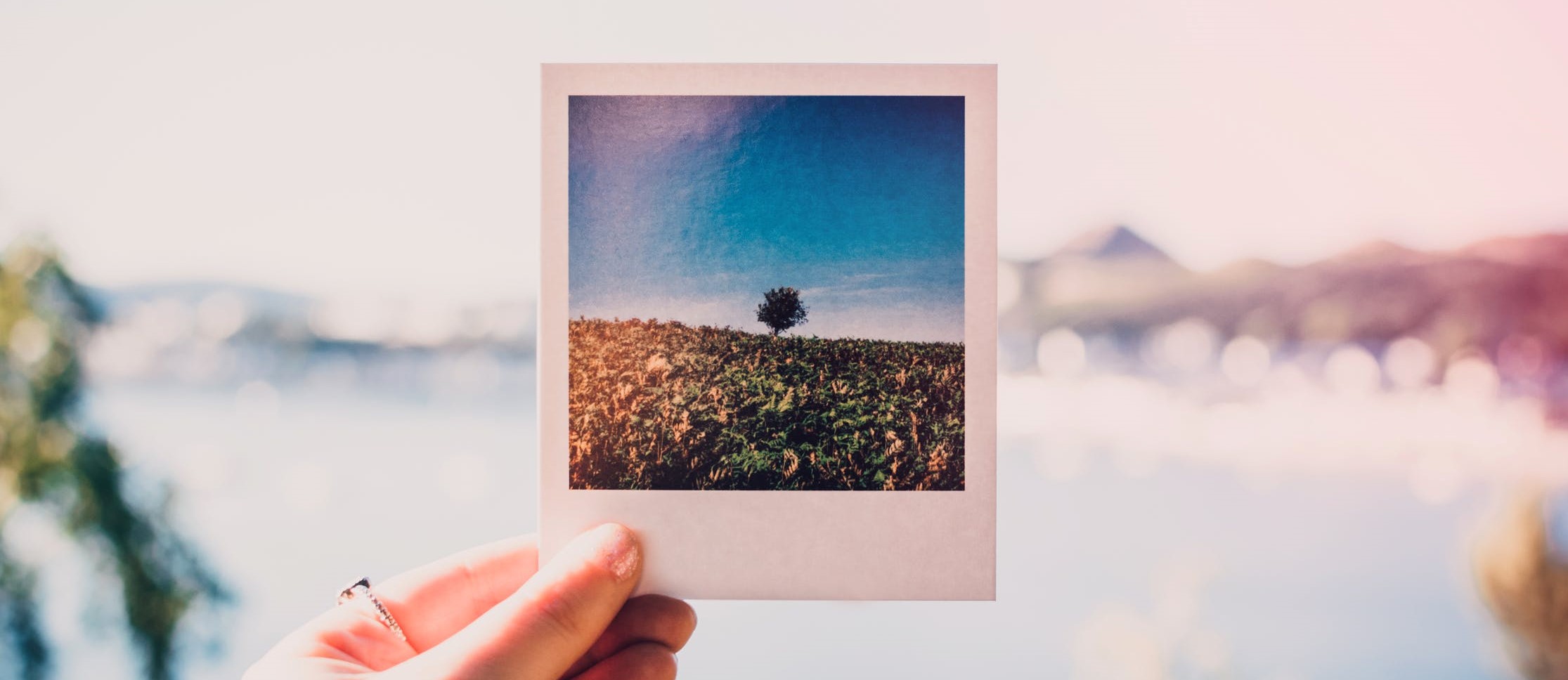
PHOTOGRAPHY
In the early 21st Century, the term Conservation Photography was coined as photographers began to focus on the enormous changes happening to ecosystems, indigenous peoples, and the animal and plant life inextricably linked to them.
Today, conservation photographers are working in conjunction with biological and social scientists who share the same concerns and the hope of exposing their discoveries to the public. Their images tell stories about the peoples, animals and plants that have no voice. In them lie the inspiration for change and our hope for the future.
Witness: Defining Conservation Photography Feature from Neil Ever Osborne.
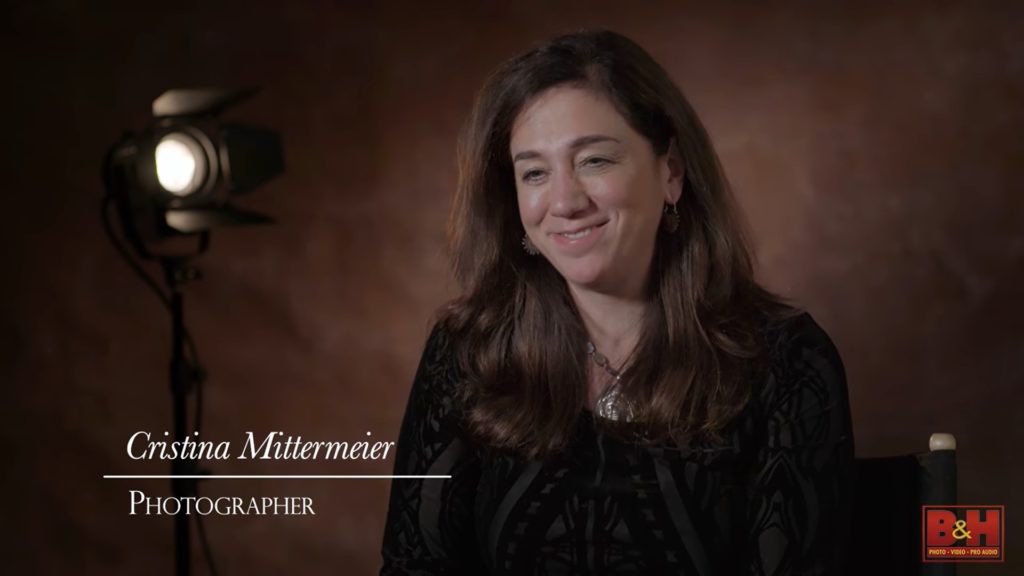
CHRISTINA MITTERMEIER ’S work focuses mainly on the relationship between indigenous people and biodiversity. She is on the Board of the WILD Foundation, the Council of Conservation International, is the Founder of the ILPC and the Founder and President of SeaLegacy. 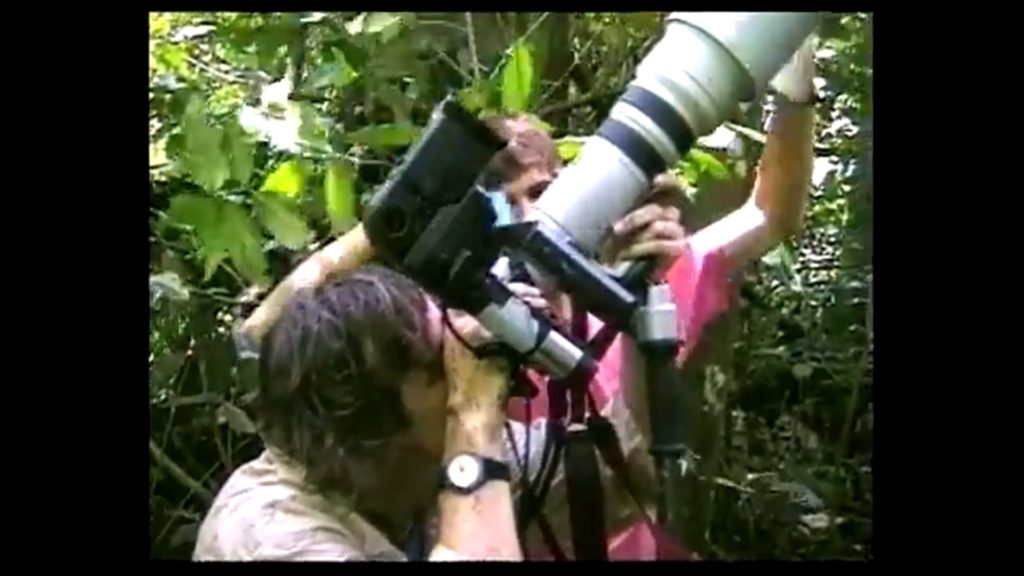
MICHAEL ‘NICK’ NICHOLS is Editor-at-Large for National Geographic. His groundbreaking photo-documentary, Megatransect aided the creation of a network of 13 national parks in Gabon. He uses his visual voice to bring attention to those without voice. 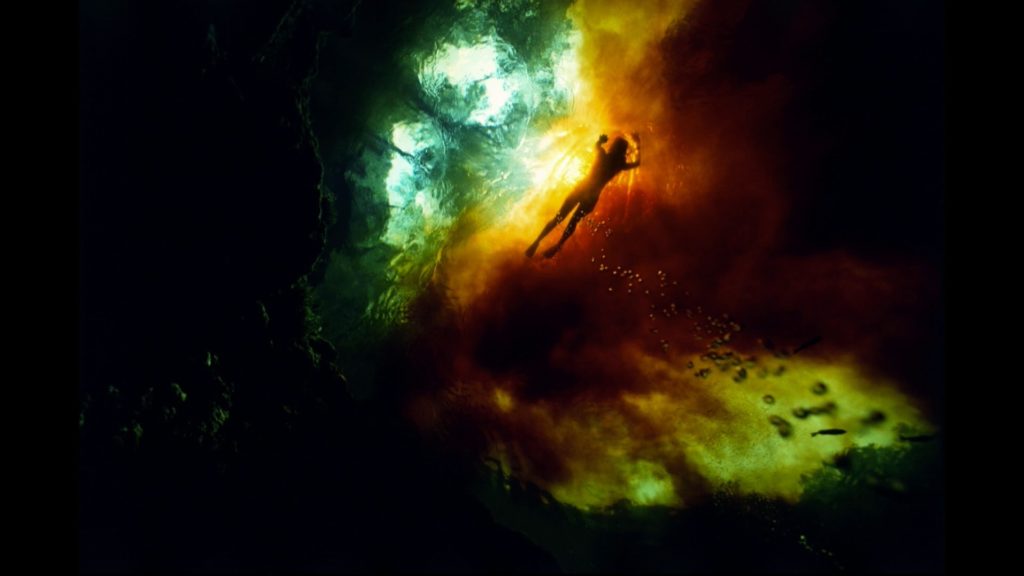
DAVID DOUBILET is one of the most well-known and important underwater photographers and inspired a generation of photographers. He has photographed and documented the changing ecology of the underwater world. In 2016 he published “David Doubilet: Water Light Time.” 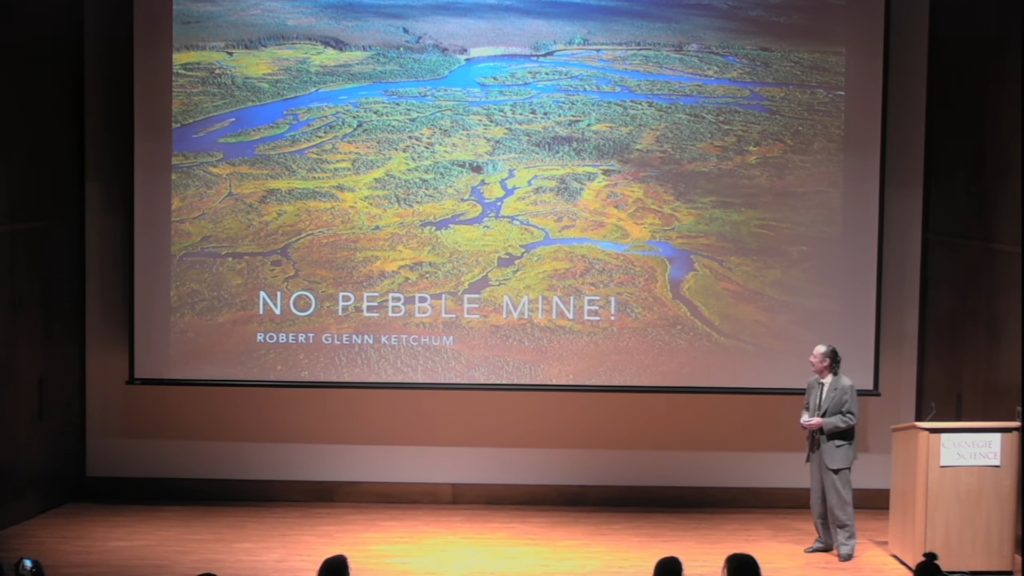
ROBERT GLENN KETCHUM’S photographs and his personal activism have helped to define color photography in documenting critical environmental issues. His advocacy led to the passage of the Tongass Timber Reform Bill establishing 5 major wilderness areas. Audubon Magazine listed him as one of the 100 people who “shaped the environmental movement of the 20th century.” 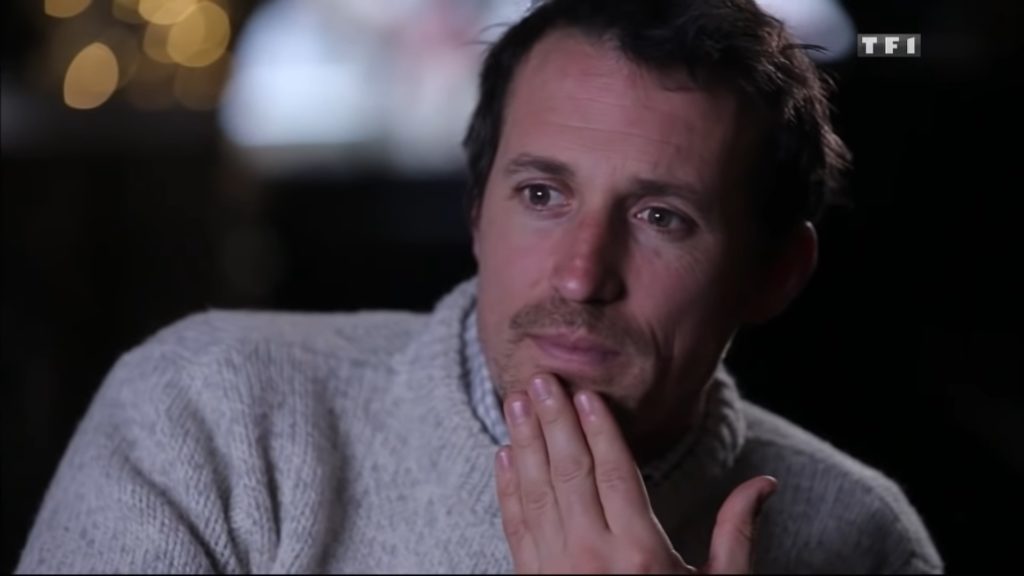
VINCENT MUNIER has been on several solo polar bear expeditions. His Book “Artique” showcases his photographs. He has won the Eric Hosking Award in the BBC Wildlife Photographer of the Year competition and his images have been exhibited in scientific centers around the world. 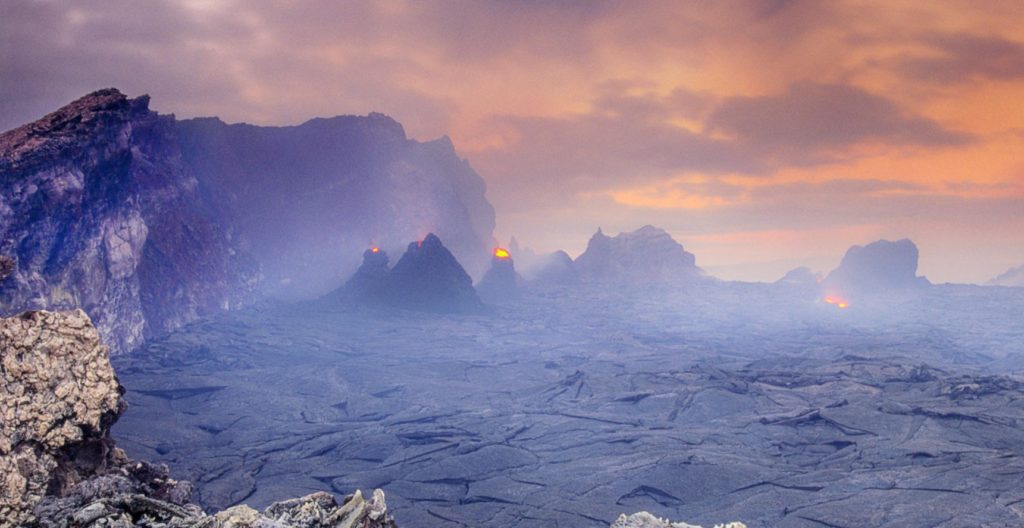
FRANS LANTING has been documenting wildlife from the Amazon to Antarctica for three decades in order to leverage conservation efforts from local initiatives to global campaigns. In 2006 he launched the LIFE Project. In 2001, he was inducted as a Knight in the Royal Order of the Golden Ark, the Netherland’s highest conservation honor. 
BEVERLY JOUBERT’S conservation involvement includes being a member of the Chobe Wildlife Trust and founding member of the Wild Places Foundation. Since the 1980s, Joubert and her husband Dereck have made 25 films including The Last Lions, launched the wildlife protection programs Rhinos Without Borders and the Big Cats Initiative and published more than a dozen works. Nearly killed by a water buffalo and seriously injured by a poacher’s bullet, Beverly and her husband continue their work. 
XI ZHINONG is one of the leading environmentalists in China and is the founder of Wild China Film. He successfully initiated a campaign in 1996 to save the endangered Yunnan Snub-Nosed Monkey by saving their forest. On Earth Day 2015 his movie Mystery Monkeys of Shangri-La premiered in New York.
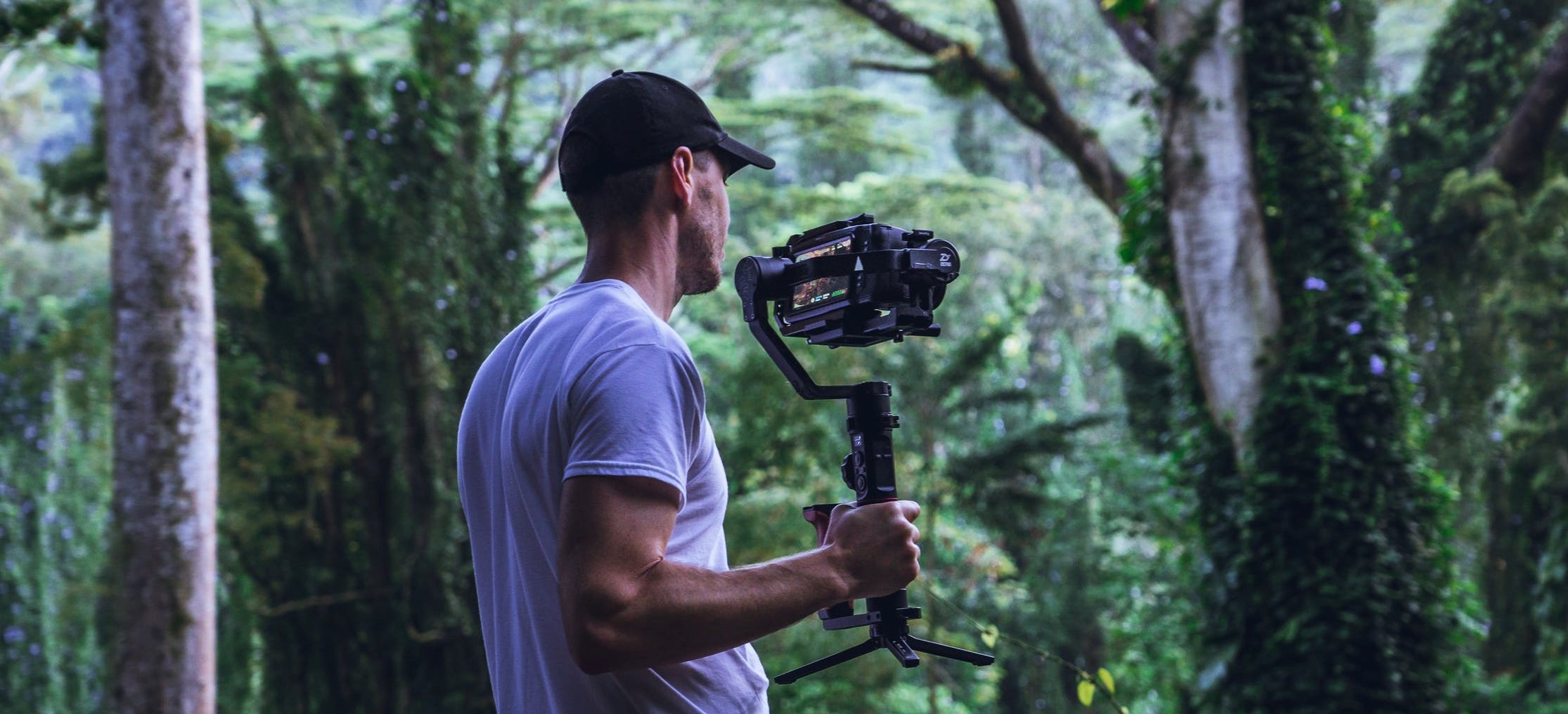
FILM
Today the most compelling of all films about the environment are documentaries, especially when stories personalize them. Subjects in a documentary become characters in a narrative representing real experiences that audiences can understand and identify with. Further, powerful visual images in documentaries elicit emotional responses by putting the viewer in the position of eye-witness.
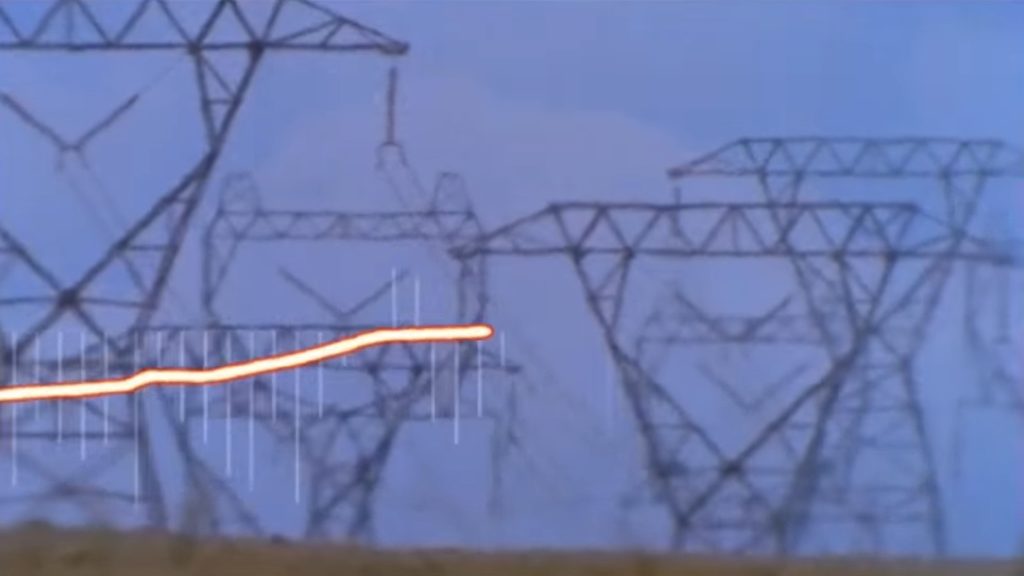
AN INCONVENIENT TRUTH
Al Gore’s 2006 film that holds the highest record earnings for a documentary won the Academy Award for Best Documentary and garnered the Nobel Peace Prize for Former Vice-President Gore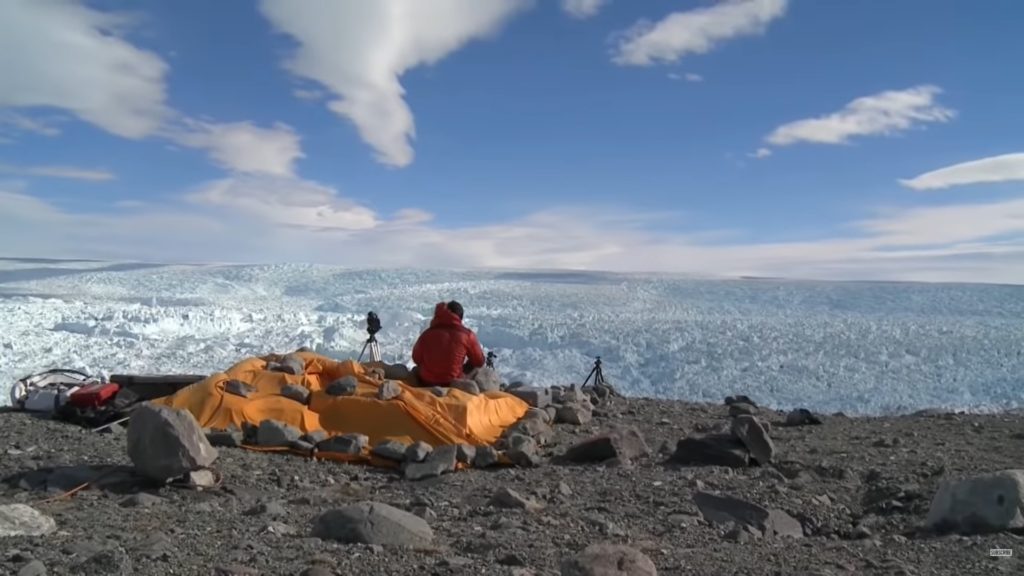
CHASING ICE
Environmental photographer James Balog initiated The Extreme Ice Survey – an expedition to Greenland, Iceland and Alaska to collect data on the seasonal changes of glaciers. Deploying cameras utilizing time lapse photography across various places in the Arctic he captured a multi-year record that depicted the drastic erosion and disappearance of enormous, ancient glaciers.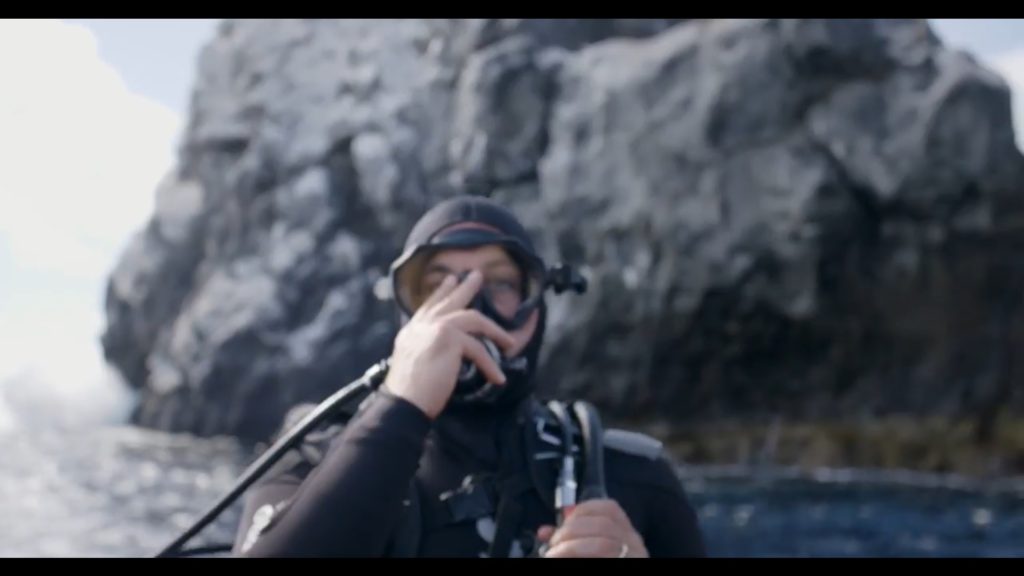
MISSION BLUE
This is the story of world-renowned oceanographer Sylvia Earle as she travels the globe on an urgent mission to shed light on the dire condition of Earth’s oceans. It follows Earle’s campaign to save the world’s oceans from overfishing and toxic waste.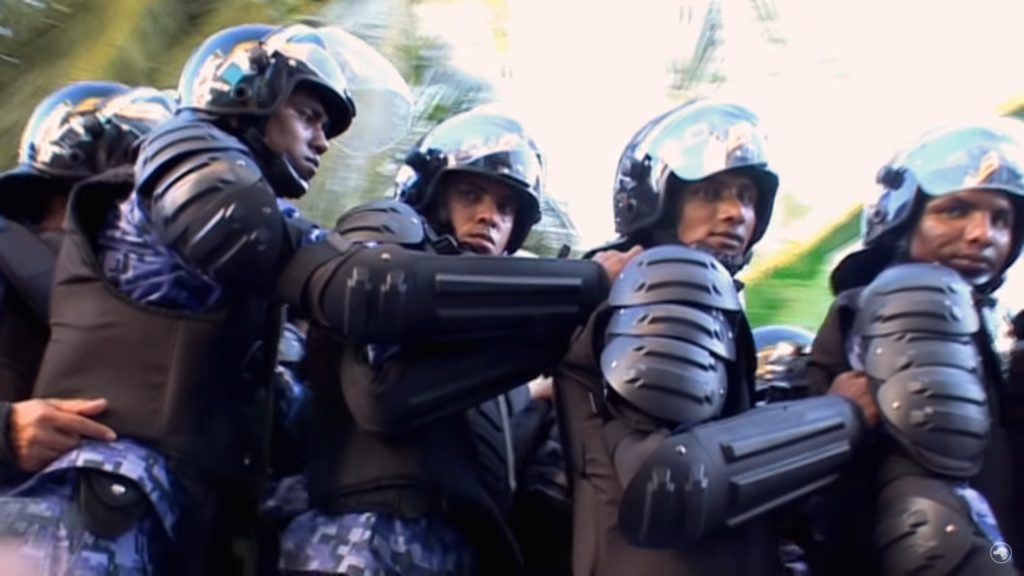
THE ISLAND PRESIDENT
is the story of President Mohamed Nasheed of the Maldives, a man confronting a problem greater than any other world leader has ever faced – the literal survival of his country and everyone in it. After bringing democracy to the Maldives, Nasheed faces a greater challenge: one of the most low-lying countries in the world, a rise of three feet in sea level would submerge the 1200 islands of the Maldives enough to make them uninhabitable.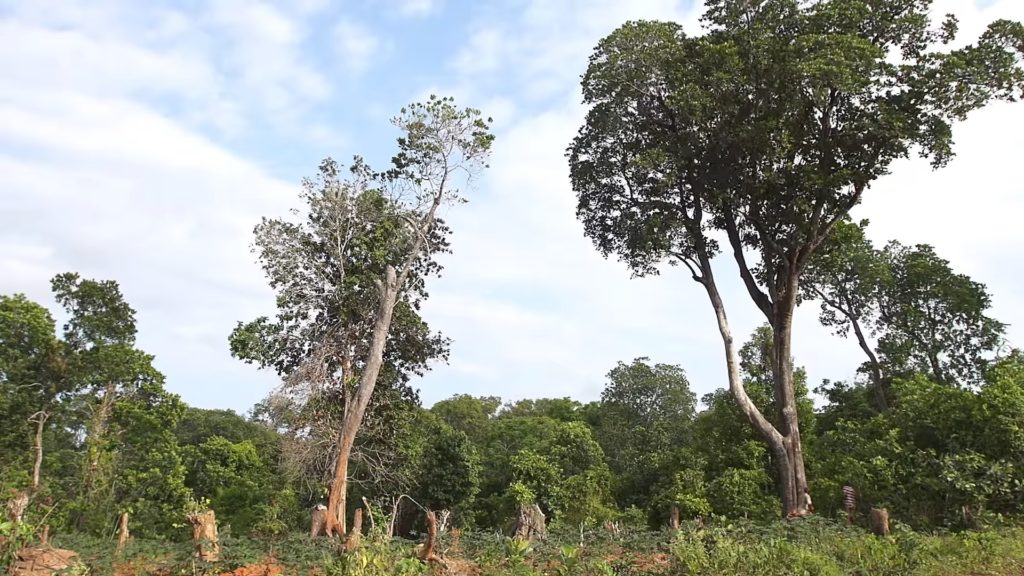
KOKATA THE ISLET OF HOPE
This film tells the story of one man’s quest to help Kokota, an East African island. Meet resilient people living on the front lines of climate change and learn how these unlikely heroes have managed to innovatively adapt to a warming climate and reforest their island.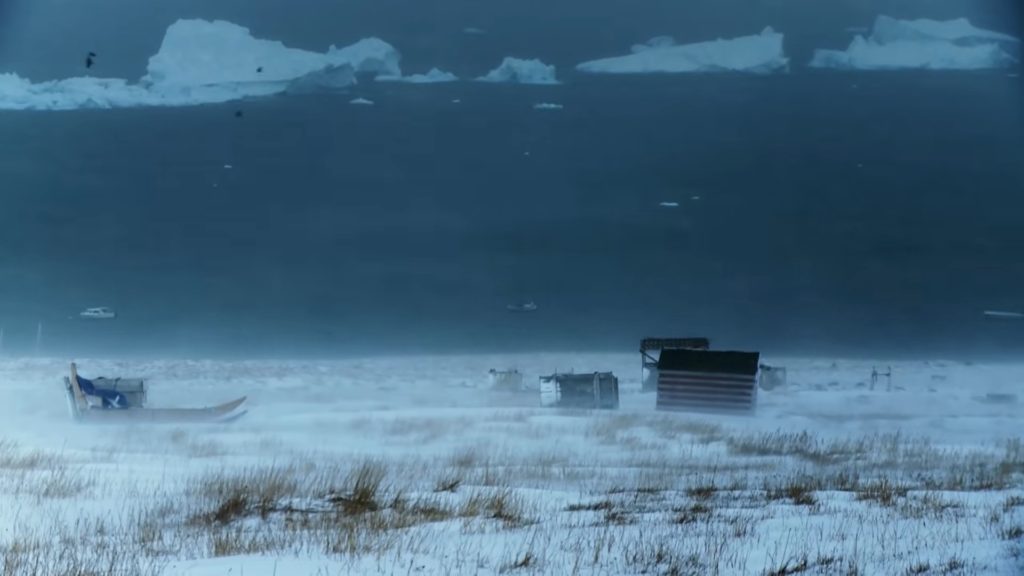
THULETUVALU
Swiss film director Matthias von Gunten follows the inhabitants of Thule in the Arctic where the ice is melting and threatening their way of life – and the inhabitants in Tuvalu in the South Pacific where the nation island is becoming submerged by the rising sea. The fates of both nations are linked though they live 20,000 km apart.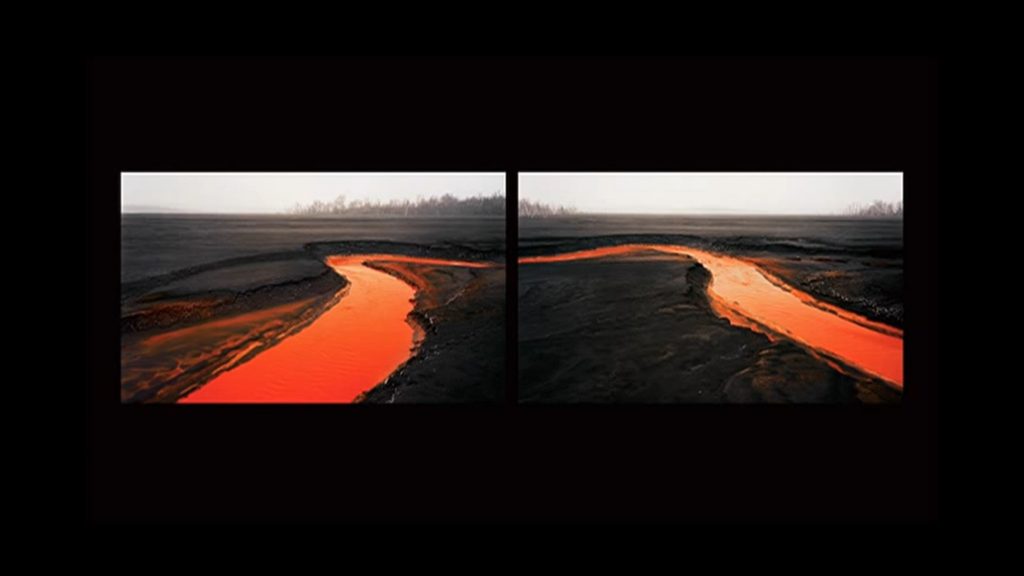
ANTHROPOCENE: THE HUMAN EPOCH
This is the third film in a trilogy that include Manufactured Landscapes and Watermark by photographer Edward Burtynsky, Nicholas de Pencie and Jennifer Baichwal. The films document a critical moment in geological history using photography, film and virtual reality to give a panoramic view of the state of the Earth as a result of man’s domination.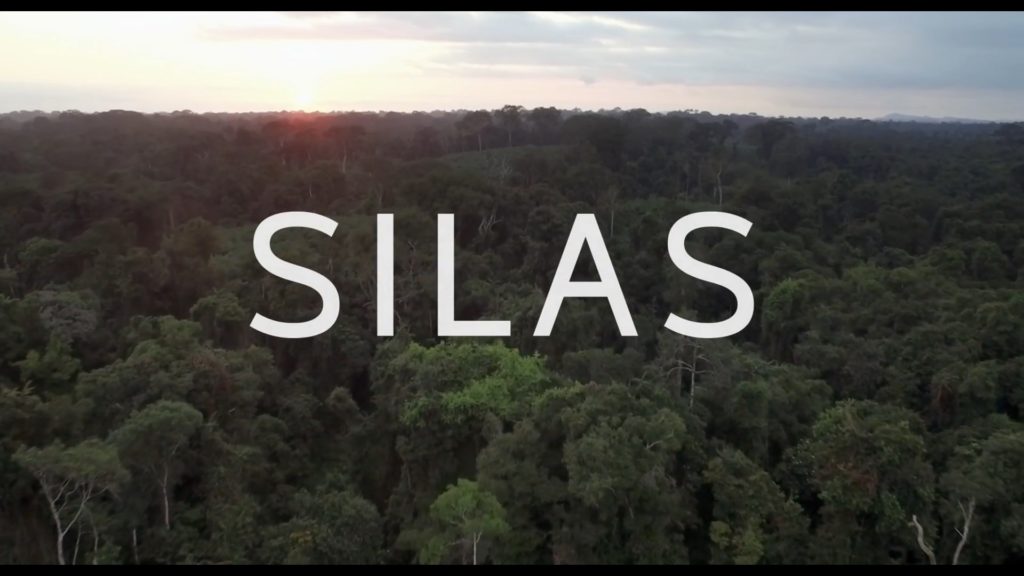
SILAS
Filmmakers Anjali Nayar and Hawa Essuman chronicle the struggle over 5 years of Silas Siakor, a crusader in Liberia, as he exposes the corrupt ties between loggers and politicians wreaking havoc on the environment, demolishing one-third of its timber for palm oil plantations.
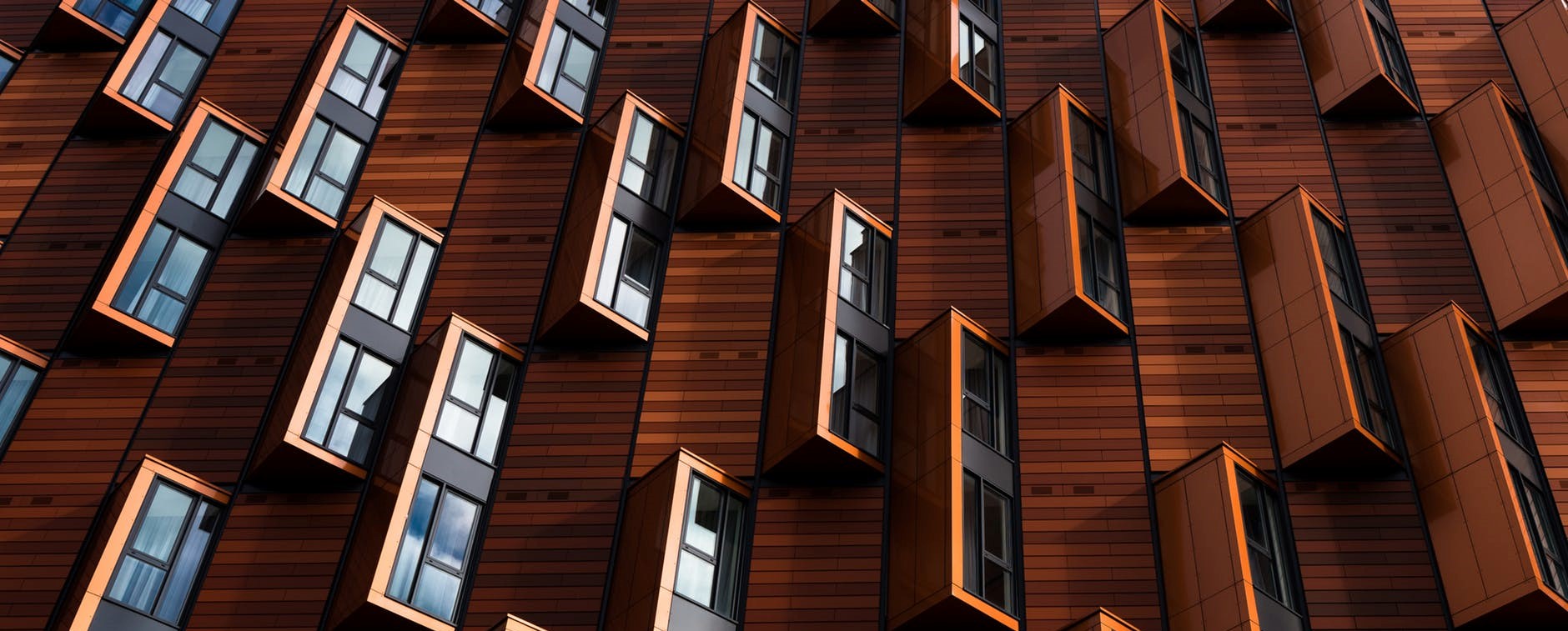
DESIGN & ARCHITECTURE
Climate change is the fundamental design problem of our time. Not style, not fees, not education, not community, not health, not justice. All other concerns, many of them profoundly important, are nonetheless ancillary.
The threat climate change poses is existential, and buildings are hugely complicit—even more so than that stock culprit, the automobile.
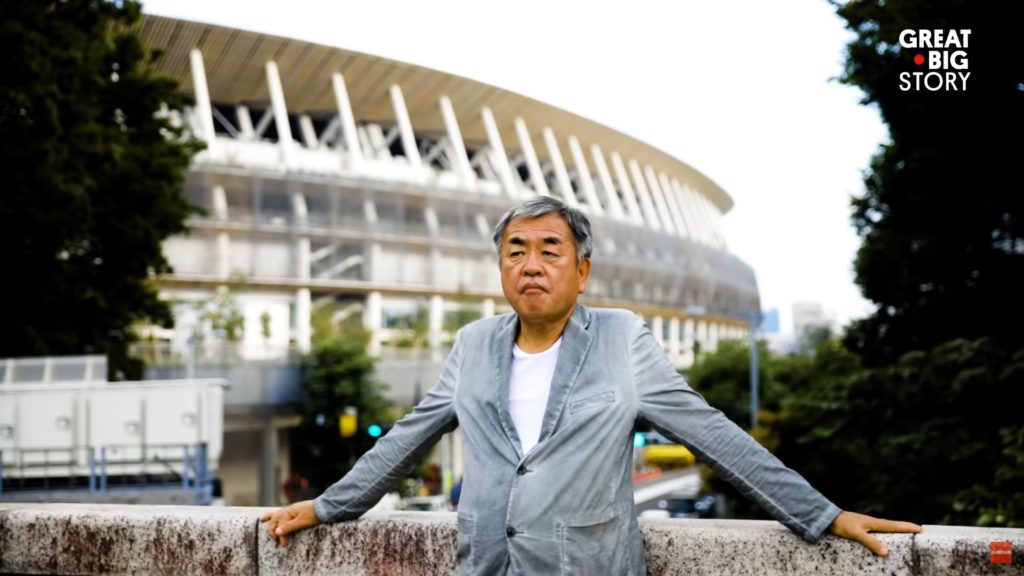
KENGU KUMA has designed Japan’s National Stadium for the 2020 Olympics. A proponent of using natural materials, especially wood which absorbs CO2 and can combat global warming, he creates structures in symbiotic relationship with their natural surroundings. The Stadium is designed in harmony with the forest surrounding it and new trees will be planted for the trees used to build it. 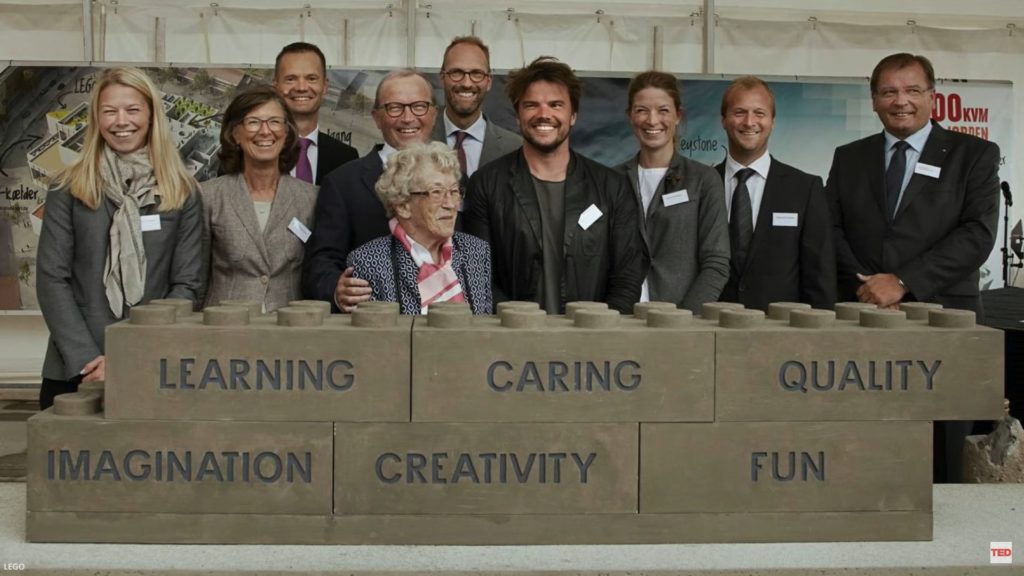
BJARKE INGELS is a Danish architect and founder of Bjarke Ingels Group (BIG). BIG’s vision of the future is where architecture and nature are in balance and designs confront climate change. He was invited to construct a flood protection plain around lower New York City called “The Dry Line”. By 2050 90% of major cities will have to deal with rising seas and he has envisioned floating cities where food, energy and waste are sustainably maintained. 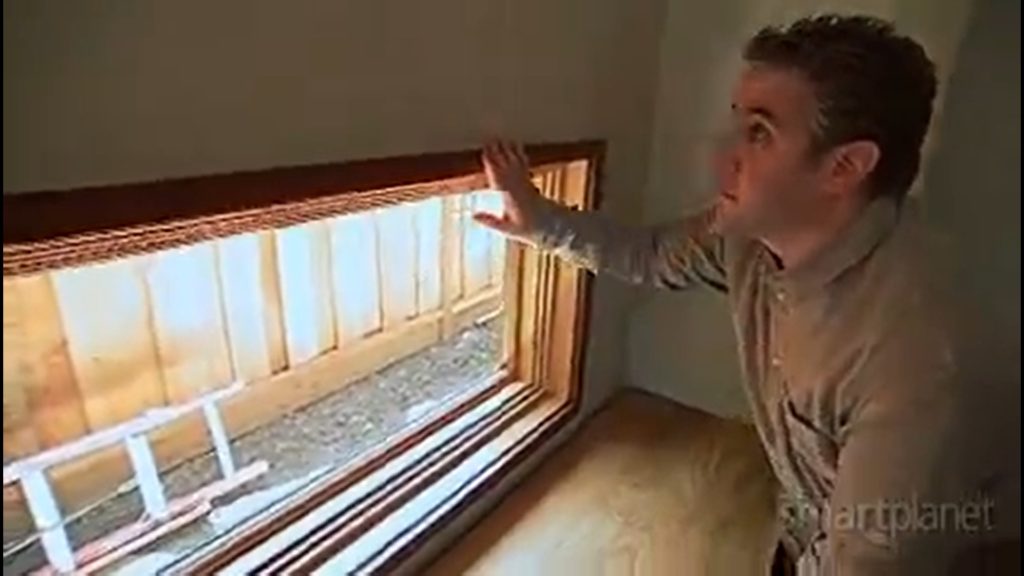
ERIC COREY FREED is the Founding Chair of Architecture for the San Francisco Design Museum and a practitioner of organic architecture as developed by Frank Lloyd Wright. He writes and lectures on sustainability in architecture and established Sustainable Design curricula at universities. His firm, organicARCHITECT, began as an alternative to traditional design. He is author of “Green Building for Dummies” and “Sustainable School Architecture” 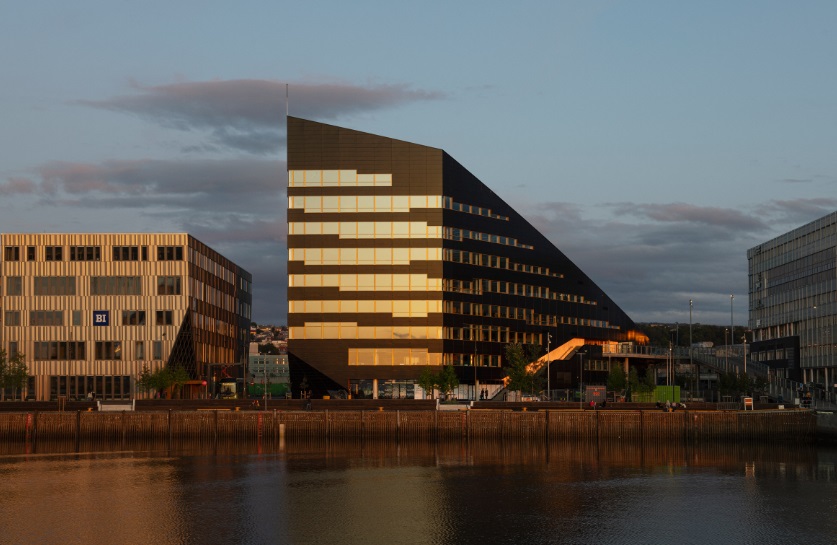
SNOHETTA is a Norwegian design firm that has a tradition of designing environmentally and socially sustainable structures. Their goal is to design buildings that pay back their CO2 footprint over their lifetime by returning clean energy to society, offsetting the fossil energy that otherwise exists in the energy mix. 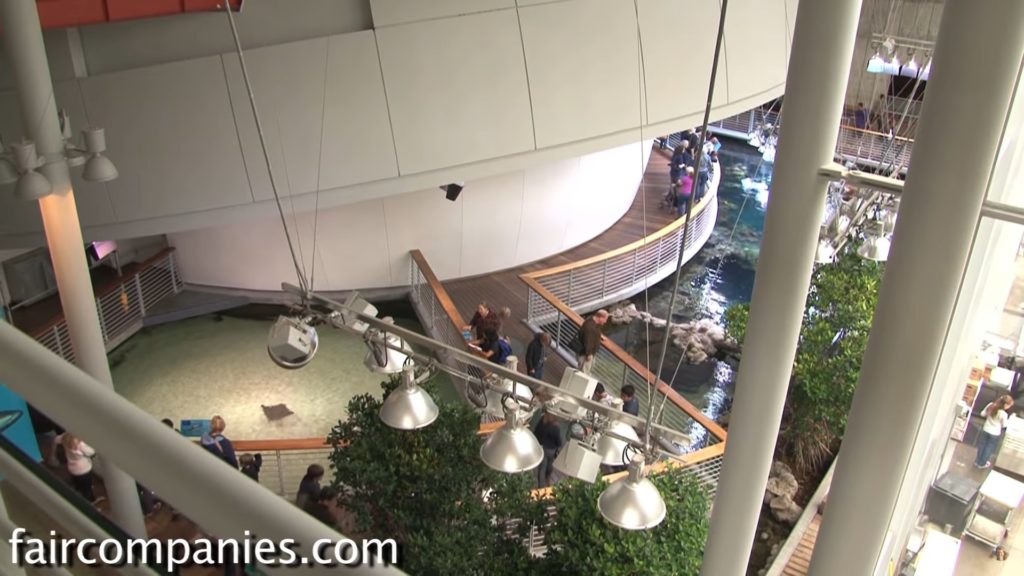
RENZO PIANO, considered one of the most influential green architects today, designed the California Academy of Sciences in San Francisco. The museum houses an aquarium, planetarium and natural history museum. It has a 2.5-acre green, living roof that absorbs up to 2 million gallons of rainwater annually. The building has no air conditioning, but uses weather sensors that communicate with motorized windows to open and close at select times so the museum can be entirely cooled with outside air. 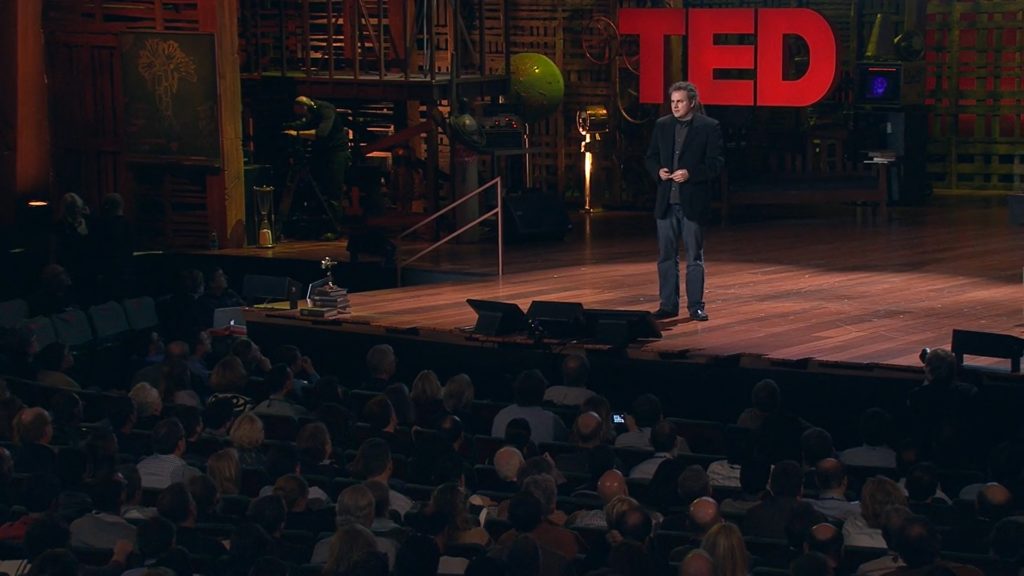
MITCHELL JOACHIM’s Terreform One is a nonprofit design/architectural group that promotes smart green design in cities. Its mission is fitting a project within a natural world setting, creating urban self-sufficiency infrastructures and bio design. 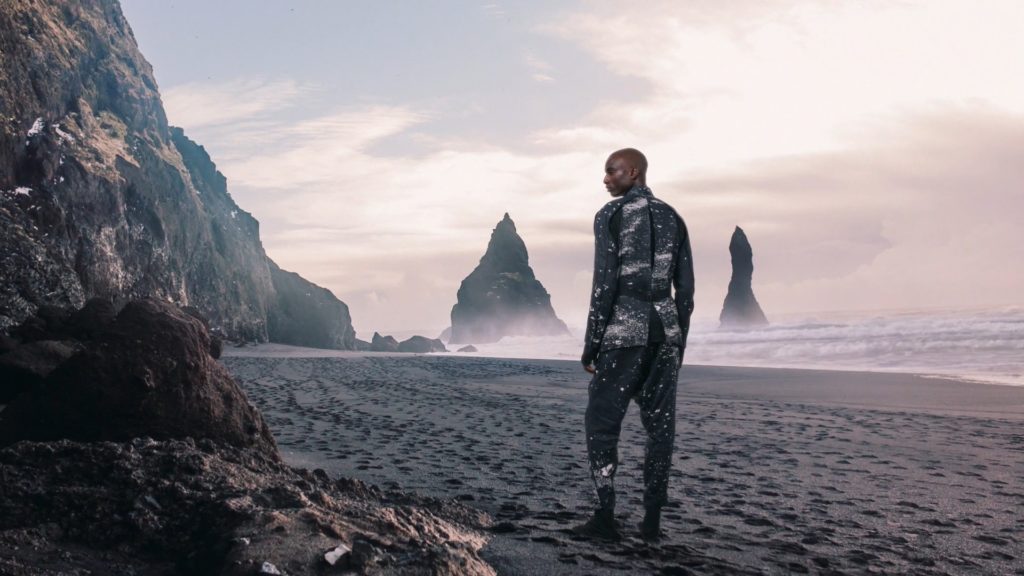
ABASAI ROSBOROUGH is a fashion firm in New York. Their clothing is made of all natural fibers and from deadstock fabrics found in warehouses throughout the City. They practice sustainability and take on environmental and social issues. In 2018, one collection featured photographs of melting glaciers. 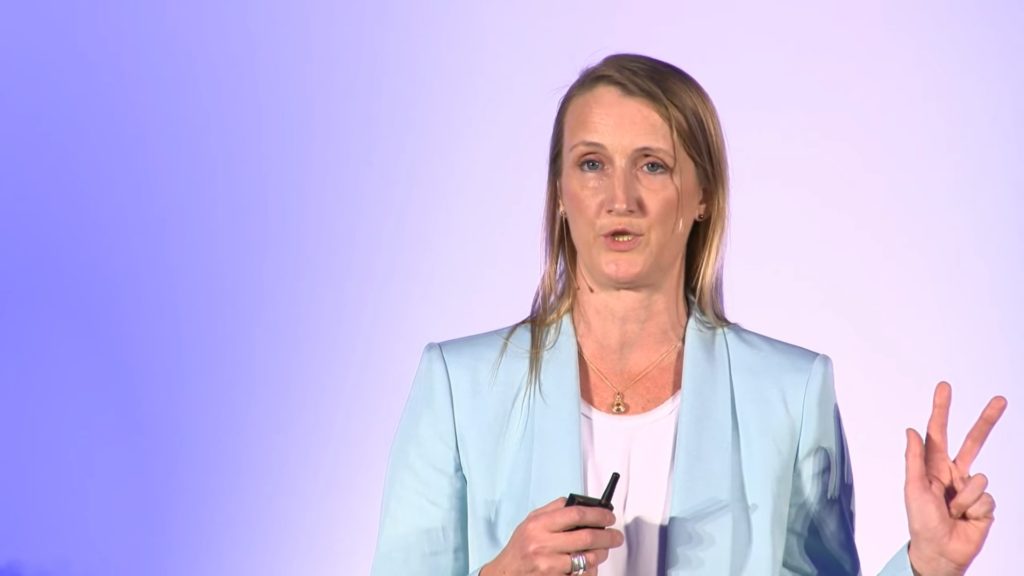
LUCY & JORGE ORTA are visual artists who work in design, drawing and sculpture to address key social and ecological challenges. They focus on water scarcity, the global food chain, pollution, ecosystems and climate change. They received the Green Leaf Award for artistic excellence with an environmental message from The U.N. Environment Programme.
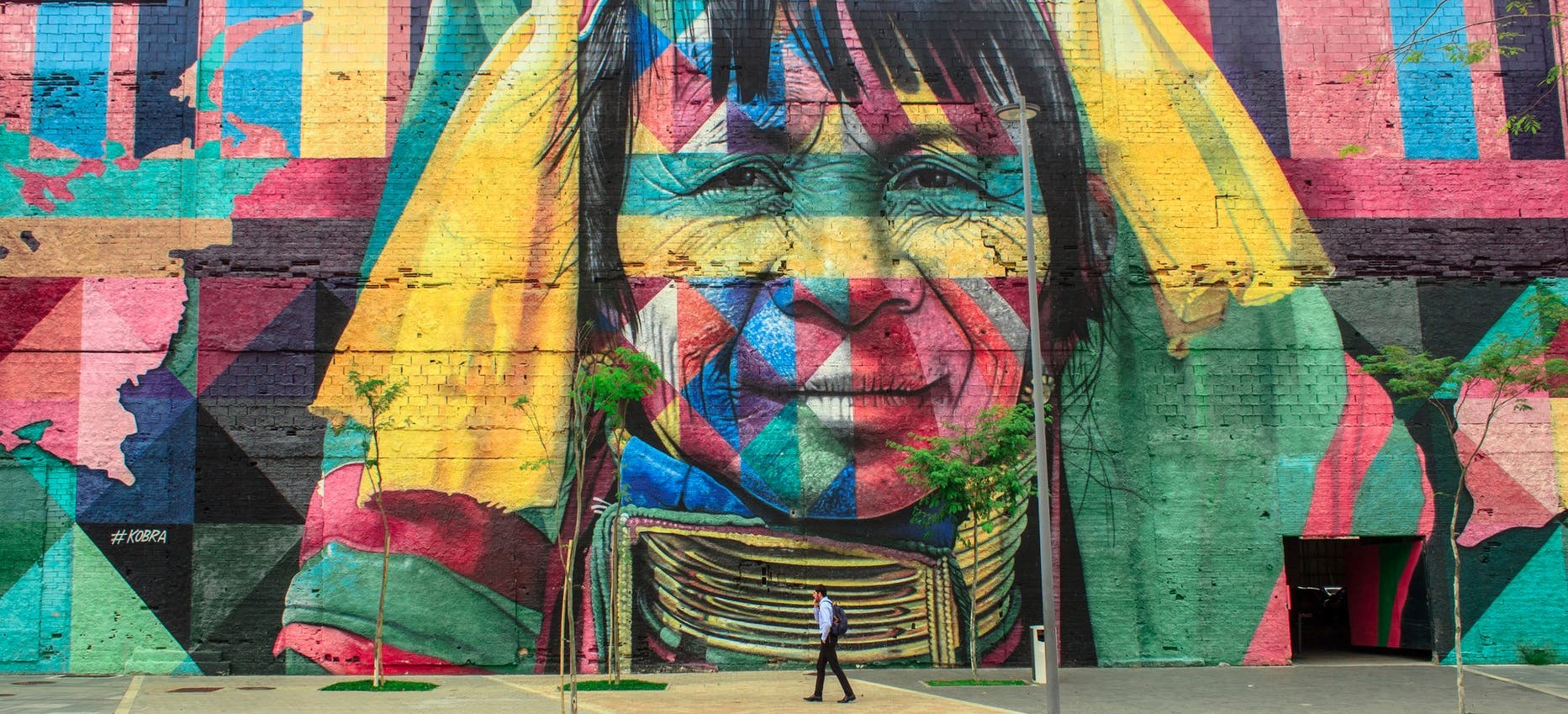
STREET ART
As the world moves to cities, so does art.
There is art for aesthetics, and there is art with meaning. The same goes for street art – some are just doodles, while others discuss pressing global issues. Street art uses simple slogans and provocative, compelling images to cover essential ideas about global warming in ways that are easy to remember.
These techniques can inspire people to take action or at least remind them about important issues that they may have forgotten.
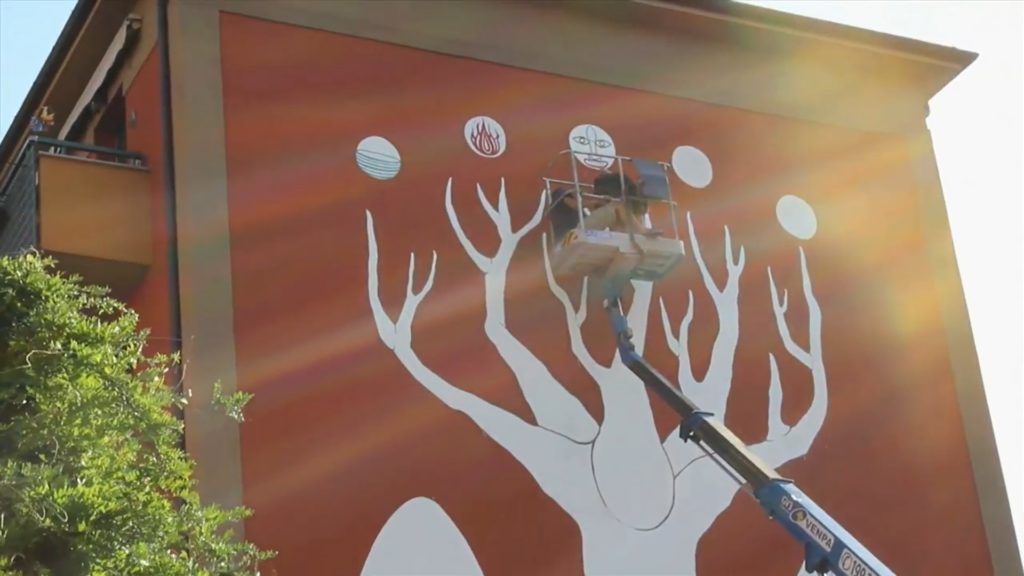
ANDRECO
Andreco’s most recent installation, part of his Climate Art Project, was orchestrated for the 2019 St+Art Festival’s multi-city project in India. He used ink from Air-Ink, the company that makes the unique art-making material from air pollution.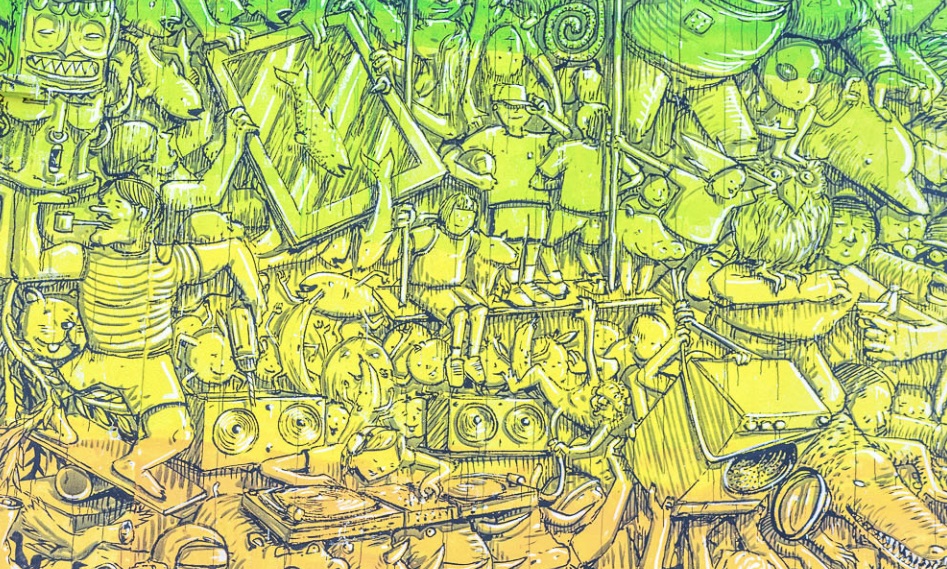
BLU
Italian street artist BLU, who keeps his real identity a secret, paints very large murals to show a strong message tackling political events and environmental changes. BLU has a signature style and paints his pieces in urban and industrial areas.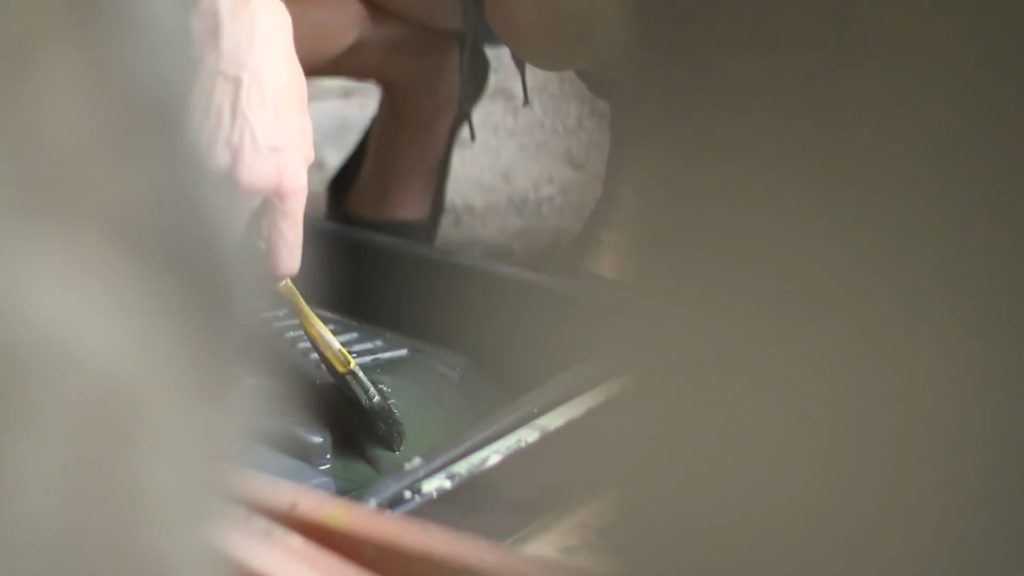
FAITH47
Faith47 is a South African street artist whose work can be found around the world. Common themes across Faith47’s work include political problems from environmental destruction to border abolition and humanitarian issues. She works on road signs, doors and walls and in abandoned places using spray paint, ink, graphite, oil paint and collage.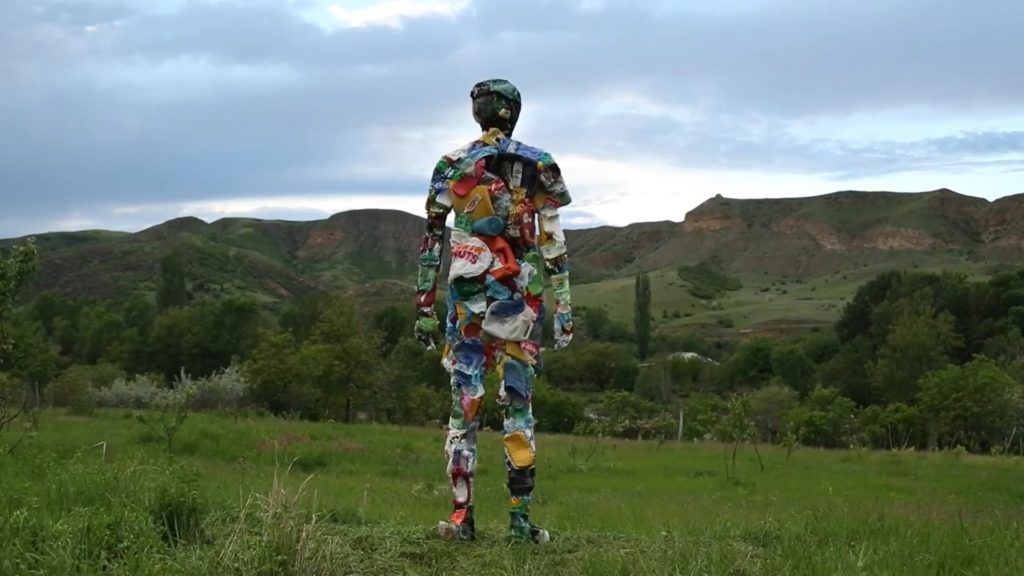
ICY and SOT
Icy and Sot are brothers from Tabriz, Iran who started out practicing street art in their country. Unauthorized artworks are severely punished in Iran and they eventually moved to the United States. They have since branched out into sculpture, photography and public interventions as well as wall murals. Their show human nature in Los Angeles focused on climate change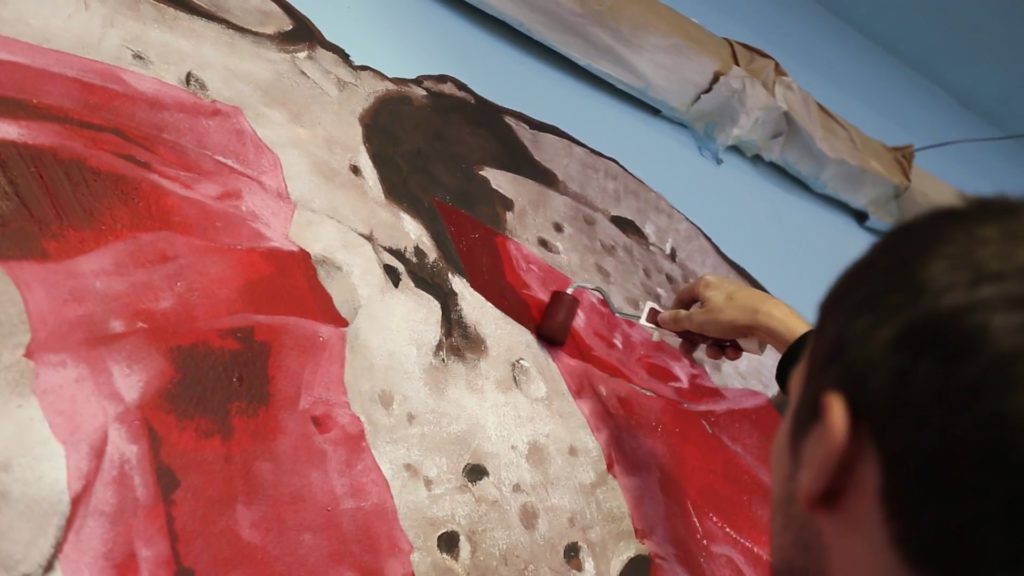
NEVERCREW
Nevercrew is a Swiss street art group founded in 1996 by Christian Rebecchi and Pablo Togni. It creates large format murals and installations. Their work centers on environmental and social issues and the relationship mankind has with the natural world.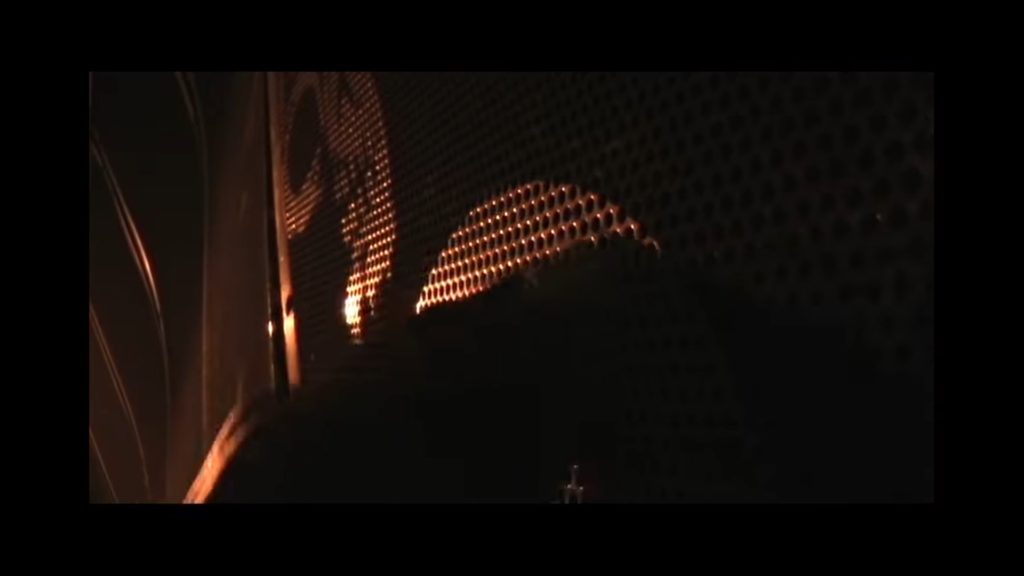
ALEXANDRE ORION
Alexandre Orion is a Brazilian street artist and multimedia artist. In 2016 he created Ossuary, an intervention in one of São Paulo’s road tunnels, using pieces of cloth to remove some of the thick layer of soot from vehicle exhaust impregnating sidewalls. The tunnel became a catacomb with over 3,500 hand-designed skulls reminding people that the black soot on the tunnel walls also darkens our lungs and our lives.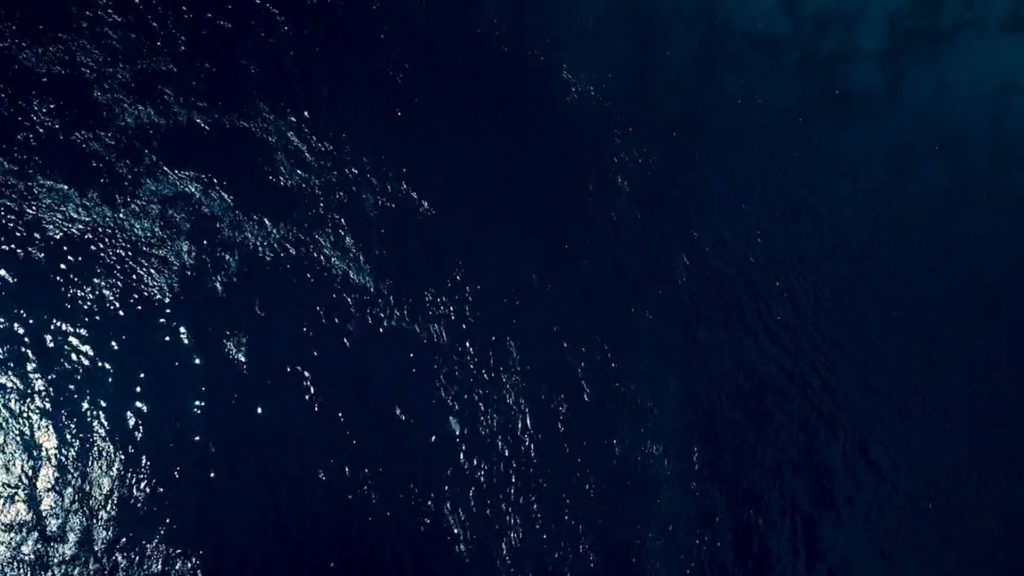
PANGEASEED
Sea Walls: Artists for Oceans is PangeaSeed Foundation’s program that brings the message of ocean conservation. Artists travel to places around the world to draw wall murals related to the ocean. Called “Artivism” – the work is designed to educate and raise critical environmental issues. In December 2019 they will create a series of public artworks in St. Croix, U.S. Virgin Islands to help raise awareness and add vibrancy to the community still recovering from Hurricane Maria in 2017.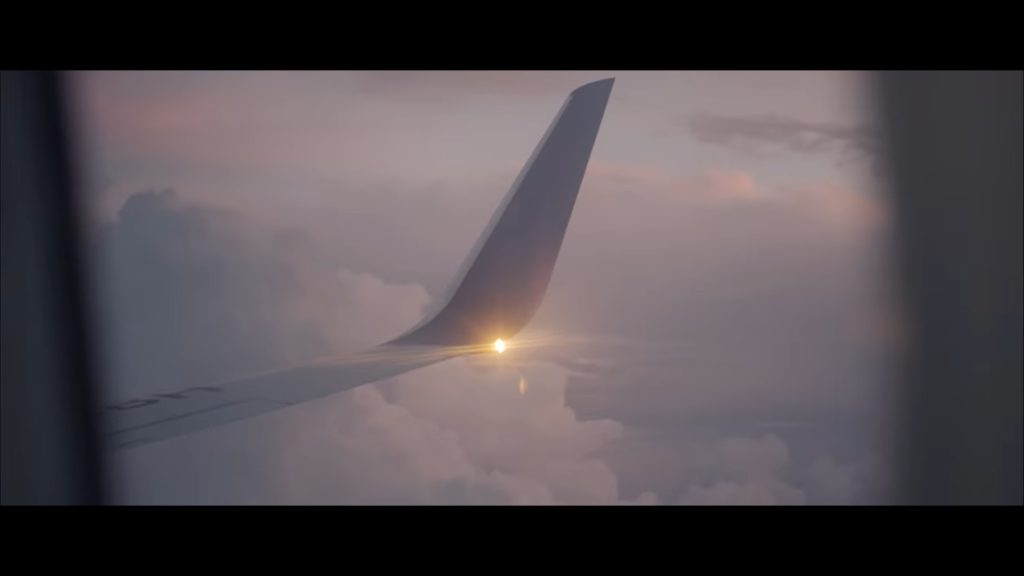
ZACHAREVIC
Ernest Zacharevic is a Lithuanian street artist who became interested in the palm oil industry and how it has damaged large parts of Indonesia. He partnered with the Sumatra Orangutan Society to form “Splash and Burn”, a campaign to make people aware of the problem. He invited a team of artists to join him and famous figures in the street art scene participated in this grassroots art activism including Mark Jenkins and Isaac Cordal. In remote Indonesian villages and towns they produced haunting work.
Join artists for the earth
Share your artwork, photos, exhibitions, films and join other artists from around the world.